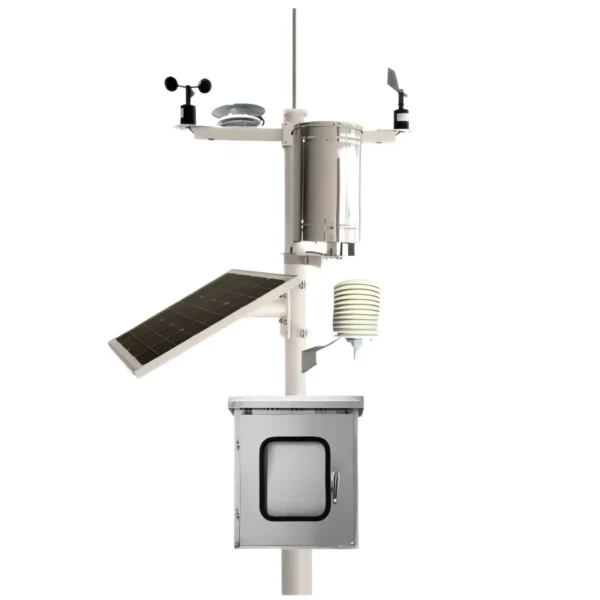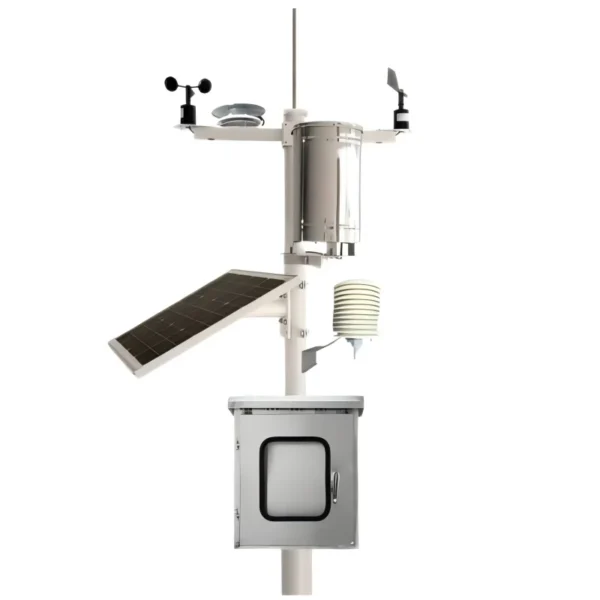
# Automatic Weather Station: Real-Time Environmental Monitoring and Data Collection
Introduction to Automatic Weather Stations
An Automatic Weather Station (AWS) is a sophisticated system designed to collect and record meteorological data without the need for constant human intervention. These stations are equipped with various sensors that measure environmental parameters such as temperature, humidity, wind speed, wind direction, rainfall, and atmospheric pressure. The data collected by AWS is crucial for weather forecasting, climate research, and environmental monitoring.
Components of an Automatic Weather Station
An AWS typically consists of several key components:
- Sensors: These are the primary tools for measuring environmental parameters. Common sensors include thermometers, hygrometers, anemometers, rain gauges, and barometers.
- Data Logger: This device records the data collected by the sensors. It can store large amounts of data over extended periods.
- Power Supply: AWS units are often powered by solar panels or batteries, ensuring continuous operation even in remote locations.
- Communication System: This allows the station to transmit data to a central database or directly to users. Communication can be achieved via satellite, radio, or cellular networks.
Applications of Automatic Weather Stations
Automatic Weather Stations have a wide range of applications across various fields:
- Agriculture: Farmers use AWS data to optimize irrigation, planting, and harvesting schedules, thereby improving crop yields.
- Aviation: Accurate weather data is essential for flight safety and efficiency. AWS provides real-time updates to pilots and air traffic controllers.
- Disaster Management: Early warning systems rely on AWS data to predict and mitigate the impact of natural disasters such as hurricanes, floods, and droughts.
- Environmental Research: Scientists use AWS data to study climate change, monitor ecosystems, and assess the impact of human activities on the environment.
Advantages of Using Automatic Weather Stations
There are several benefits to using AWS for environmental monitoring:
- Real-Time Data: AWS provides continuous, real-time data, allowing for immediate analysis and response to changing conditions.
- Accuracy: Automated systems reduce the risk of human error, ensuring more reliable data collection.
- Cost-Effectiveness: Once installed, AWS requires minimal maintenance, making it a cost-effective solution for long-term monitoring.
- Remote Accessibility: Data can be accessed from anywhere, making it easier for researchers and decision-makers to monitor conditions in real-time.
Conclusion
Automatic Weather Stations play a vital role in modern environmental monitoring and data collection. By providing accurate, real-time data, AWS helps improve weather forecasting, enhance agricultural practices, ensure aviation safety, and support disaster management efforts. As technology continues to advance, the capabilities and applications of AWS are expected to expand, further contributing to our understanding and management of the environment.
Keyword: automatic weather station
